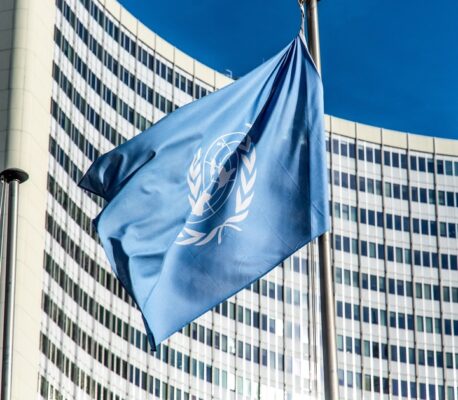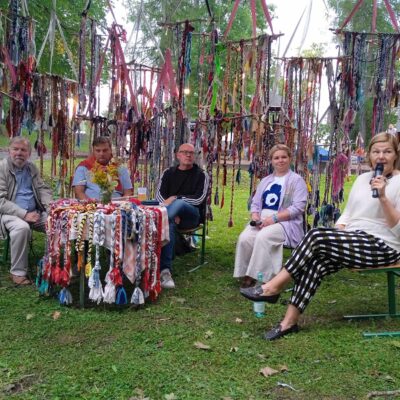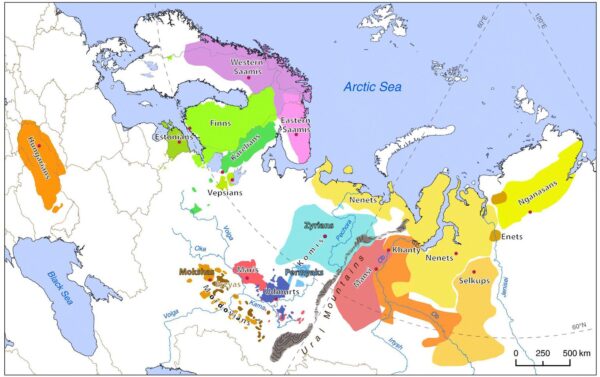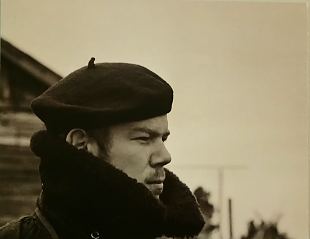Saami fighting on both sides of front in Ukraine
The Saami community in Russia was divided in half after the war in Ukraine began. Some of the Saami have taken part in protests in support of the Russian attack, Justas Stasevskiy reports on YLE.
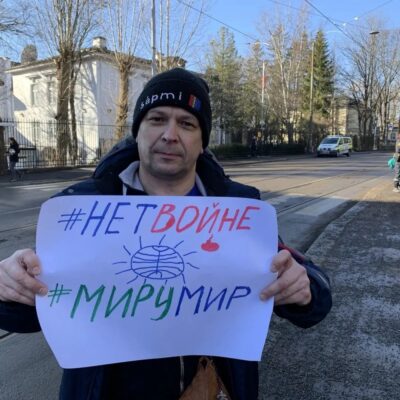
Roman Yakovlev is a Kildin Saami activist, who has done a lot of work for the Kildin Saami community in recent years. The language is spoken by only about two hundred people on the Kola Peninsula. At the moment, Yakovlev is studying North Saami at the Saami University College in Guovdageaidnu (Kautokeino).
He went from Russia to Norway with a student visa. After the Saami organisations in the Nordic countries cut off contacts with the Saami living in Russia, nothing much has been heard about their situation. Yakovlev compares Russia’s situation to the Soviet Union of the 1930s, where people informed on each other. According to Yakovlev, the division of the Saami reflects the situation that the war created for the entire Russian society.
Tension is also created by the fact that Saami have gone to the war in Ukraine. Saami activist and politician Andrey Danilov fled to Norway immediately after the war began. He claims that five Russian Saami have died in combat. Five dead sounds little, but there are only 1,400 Saami in the Murmansk area. Danilov wants to make the voice of the Saami resisting the Russian authorities heard. He was involved in Russian opposition activities even before the war and published an anti-war Facebook post right at the beginning of the war. As a result, he still receives death threats.
Roman Yakovlev says that Saami are on different sides of the front in Ukraine. Yakovlev refers to the former Norwegian Saami politician Sandra Andersen Eira, who has joined the Ukrainian volunteers. A similar situation was seen in the Finnish Winter and Continuation Wars, when the Finnish Saami fought in the Finnish army against the Soviet forces. There were also Russian Saami in the Soviet army.
Besides Danilov, other Saami living in Russia have also applied for political asylum abroad. Many are now thinking how to leave the country. Danilov doesn’t want reveal any numbers, because it could create problems for people in Russia.
Danilov believes that if the Saami had free entry or some arrangement to leave Russia, they would leave Russia in large numbers. He laments that it is difficult to obtain a Schengen visa at the moment.
According to Yakovlev, it is sad that the majority of the Saami living in Russia really believe Russian propaganda and support the government, for example his mother, who has the television on from morning to night. Many Russian Saami also refused the YLE interview, claims the author of the story, Justas Stasevskiy. According to one Saami who refused to be interviewed, all Saami living outside of Russia are being monitored. According to Danilov, the Russian authorities only have two strong instruments: propaganda and corruption.
When Russia attacked Ukraine, RAIPON, Russia’s largest indigenous organisation, announced its supports for the Russian “special operation”. The organisation represents approximately 250,000 people living in the northern regions of Russia. It also includes the Saami living in Russia, who number less than two thousand.
Nordic Saami organisations decided to cut off their contacts with RAIPON and its Saami organisations after the statement. Contacts with kindred people were cut off. In Yakovlev’s opinion, the fact that Saami organisations in the Nordic countries have severed contacts with the Saami organisations in Russia does not help anyone. “Even last year we had good connections with the Nordic countries. There was a connection with schools and there were cultural trips. Work was done on this for decades.”
Chairman of the Saami Council, Áslat Holmberg, says that the cooperation was forced to end. The Nordic Council of Ministers announced that the funding will end if cooperation with the Russians continues. Among other things, the project ended, within the framework of which the polluted areas of the Kola Peninsula were cleaned. Holmberg says that some connections with the Russian Saami are still preserved.
According to Yakovlev, Russia has done nothing for Kildin Saami for decades, even if the revival of the language officially began in the 1990s. He himself learned Kildin Saami independently in three years and later wrote a dictionary containing half a million words. In Yakovlev’s opinion, the attitude towards Kildin Saami has changed over the past year. His own attitude has also changed. Just a year ago, Kildin Saami courses were planned in Lovozero, there was a contract with the local library and everything, the study group itself included, was ready. “Then the special operation began and nobody needed the Kildin Saami language anymore. And at some stage I noticed that I didn’t need it anymore either, because life around me changed so much.”
